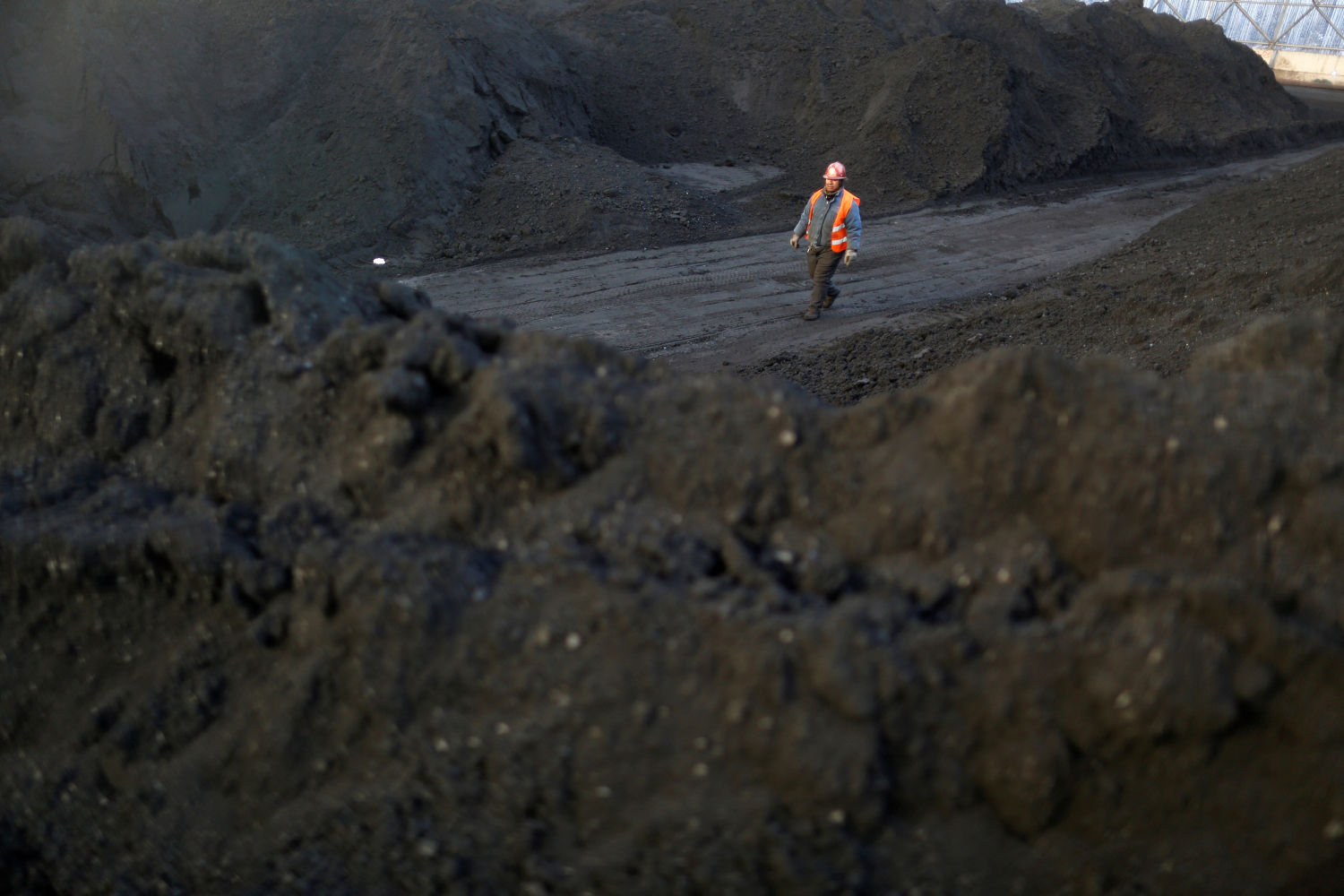(ATF) China will remain heavily dependent on coal despite its environmental goals, while consumer prices will stay high due to its unofficial ban on imports from Australia, reports indicate.
The country’s official production outlook envisages growth for the next five years, despite China’s commitment to have the nation’s carbon emission peaking before 2030.
Output in 2025 is estimated at 4.1 billion tonnes in 2025, compared with 3.9 billion tonnes in 2020.
“The production volume target suggests a moderate growth rate of about 1% a year for the next five years,” said Gerwin Ho, a Hong Kong-based senior credit officer at Moody’s, the rating agency.
“Such growth will be lower than recent years but is consistent with the industry’s growth trend,” he added.
While the plan is positive for China’s leading coal producers, consumers are not so fortunate. Importers of foreign coal have been facing higher costs, with prices for alternatives to supplies from Australia rising as the market adjusts to the unofficial ban.
IMPORT RESRICTIONS
The restrictions on imports from Australia came into effect in the second half of last year after the two countries engaged in a tense standoff over Canberra calling for an inquiry into the origins of the coronavirus pandemic, as well as accusations of Beijing’s interference in domestic politics.
That has resulted in China’s imports dropping to virtually zero in the first two months of this year from a 2020 high of 9.46 million tonnes in June, according to Refinitiv vessel-tracking and port data.
“Coal exports to China have all but collapsed as Beijing has banned imports from Australia,” said Marcel Thieliant, senior Australia and New Zealand economist at Capital Economics.
In coking coal, the price of free-on-board Australian cargoes has been weakening since the ban was imposed, apart from the usual seasonal gain for the northern hemisphere winter.
The Singapore Exchange contract for Australian coking coal ended at $113.71 a tonne on April 8, down 18.8% from the $140 that it reached at the start of October, just as the Chinese ban was coming into effect.
But a Chinese importer who switched from Australian to US coal would have seen a price surge to $152.75 from $114 a tonne, a gain of 34%.
MONGOLIA EXPORTS
China’s domestic coking coal price has also been gaining since the restrictions on imports from Australia, with Dalian Commodity Exchange futures rising 16% from 1,353 yuan ($206.56) a tonne at the start of October to end at 1,573 yuan on April 8.
Mongolia has become China’s biggest supplier of coking coal, meeting 61.7% of imports in the first two months of this year, up from just 17.7% in the same period in 2020, according to official data.
Australia’s share of imports came down to zero from 68.4% in January-February 2020, according to the data, while the US boosted its share to 9.1% from under 2%, and Canada went to 12.1% from 6.1%.
For thermal coal, the main impact from the ban of Australian cargoes appears to have been strength in Chinese domestic prices, with benchmark coal at Qinhuangdao, as assessed by SteelHome, closing at 747 yuan a tonne on Thursday, equivalent to about $114.
The China ban is having little effect on Australia’s export strength. “All else equal, the trade tensions would knock off 1.3% from Australia’s gross domestic product (GDP),” Theliant said. “In reality though, the impact of the trade conflict is probably closer to 0.5% of GDP as some exporters have been able to divert shipments to other countries.”
With reporting by Reuters
























